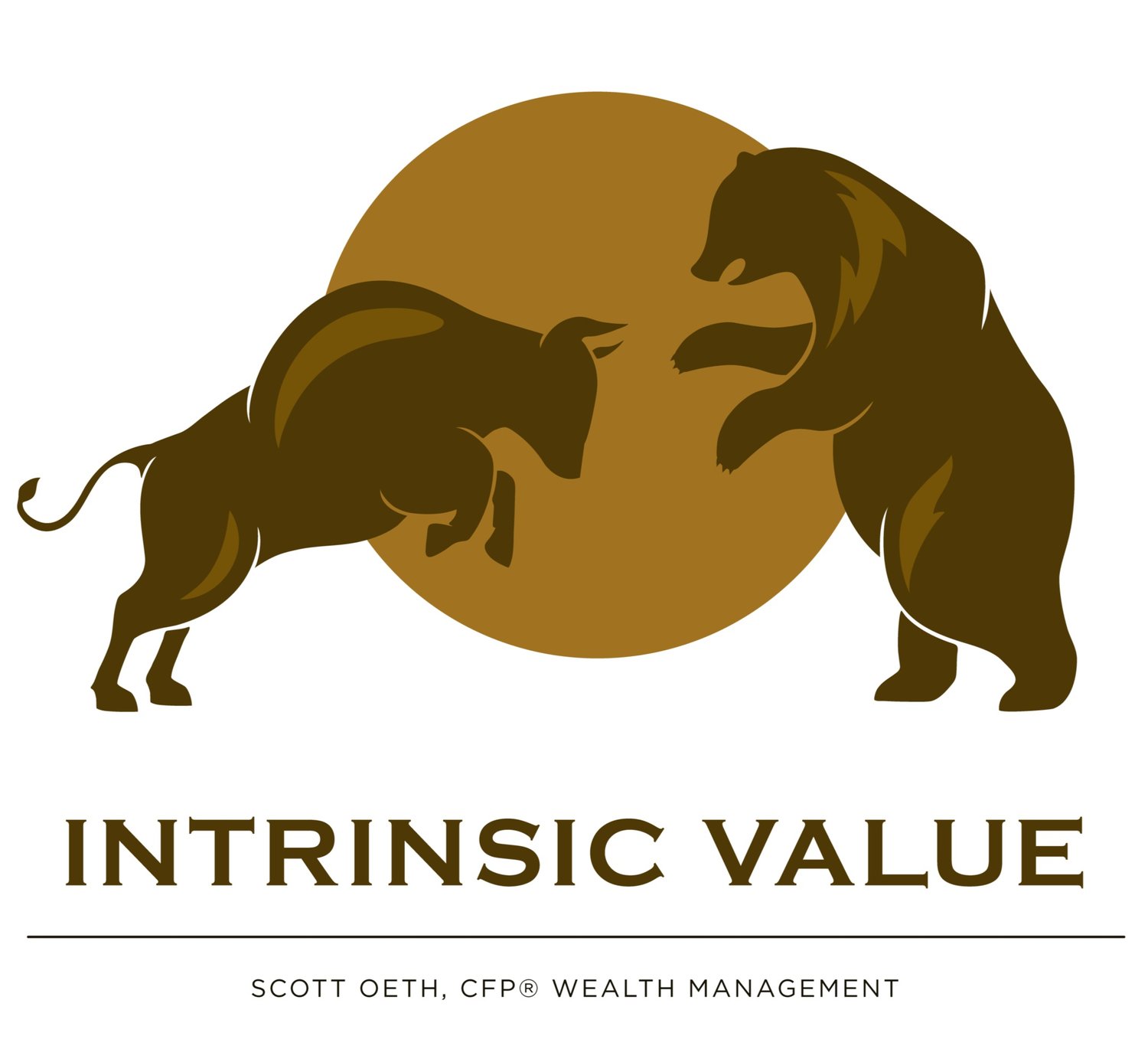Understanding the Behavioral Advantage and Trade-Offs of Bucket Portfolios
Guest Post by Meir Statman, Ph.D.
Meir Statman is the Glenn Klimek Professor of Finance at Santa Clara University and a consultant to Avantis Investors. His research focuses on behavioral finance. He attempts to understand how investors and managers make financial decisions and how these decisions are reflected in financial markets.
Bucket portfolios aren’t rational, but they are perfectly normal and can be an effective tool for investors.
Bucket portfolios are aimed at providing spending resources during investors’ decumulation periods, usually in retirement. They are typically composed of three buckets, arranged by time horizon and investment type.
The first bucket contains cash, such as a money market fund, sufficient for spending as planned in the short horizon and set at one, two, or perhaps five years. The second consists mostly of bonds for spending in the medium horizon, and the third consists mostly of stocks for spending in the long horizon and perhaps leaving as a bequest.
Rationally, bucket portfolios are no more than the usual portfolios of cash, bonds, and stocks. The values of these portfolios go up and down as the prices of bonds and stocks go up and down.
Standard Portfolio Theory vs. Behavioral Portfolio Theory
Investors in standard portfolio theory are described as rational. They assess their portfolios as a whole, caring only about their expected return and risk as measured by the standard deviation of returns. Rational investors don’t care whether any of the increases or decreases in the values of their portfolios are due to bonds, stocks, or both.
Investors in behavioral portfolio theory, however, are described as normal — investors like you and me. Normal investors, as defined by theory, don’t consider their portfolios as a whole. Instead, they divide their portfolios and frame each part into a distinct mental account by its purpose or goal.
Bucket portfolios are behavioral portfolios. A three-bucket portfolio is framed into three separate mental accounts, and the purpose of each bucket is to provide spending resources for a specific term — short, medium, and long.
Potential Pros and Cons of Bucket Portfolios
To understand the behavioral advantage of a bucket portfolio, consider a year like 2022 when the prices of both bonds and stocks declined. An investor without a cash mental account who needed cash for planned spending in 2022 faced two perceived painful options.
One option was selling bonds or stocks at prices lower than their reference prices. The reference prices of investments can be their prices when they were bought, perhaps years ago, but it can also be their high prices a few months ago, say in January 2022.
Such selling registers as mental losses, inducing the cognitive error of hindsight and inflicting the emotional sting of regret. Hindsight would say: Why didn’t I sell my bonds and stocks at their high prices in January 2022 when it was clear as daylight that their prices were about to tumble? Regret would exclaim: How could I have been so stupid?!
The other option was to sell only a little of bonds and stocks, countering some hindsight and regret, but also spending less than we had planned, for example, by depriving ourselves of traveling to see our children and grandchildren and depriving them of gifts as generous as those we gave them the year before.
Now you see the behavioral advantage of the three-bucket portfolio, especially the availability of the cash bucket. Cash has neither nominal gain nor loss, the price per share of the money market fund was $1 in January 2022, and it remains at $1.
You can spend as much from your money market fund as you planned, avoiding the sting of regret and the deprivation of spending less on yourself and your family or selling other investments at a perceived loss. In that way, bucket portfolios are not only perfectly normal but also potentially quite effective if they can help you avoid panicked selling during market downturns.
But bucket portfolios also come with a cost. They usually require larger allocations to cash than is necessary by considerations of expected return and risk alone. And current inflation levels could exacerbate this cost.
So, does it make sense to bear that cost for the behavioral benefits of bucket portfolios? The simple answer is that it depends, and one’s own goals, circumstances, and biases should likely all be considered.
Financial advisors are often well-equipped to help investors talk through and evaluate these types of trade-offs. After the events of 2022, now might be a good time for such a discussion.
Your Financial Portfolio Allocations
If you have questions about your portfolio allocations, please feel free to contact me to discuss your individual situation and goals.
Materials courtesy of: Avantis
